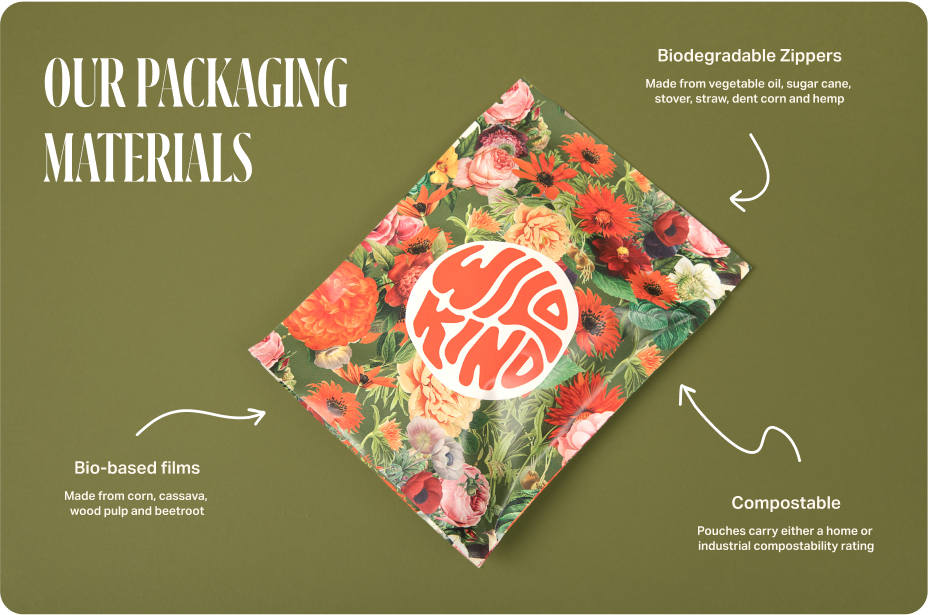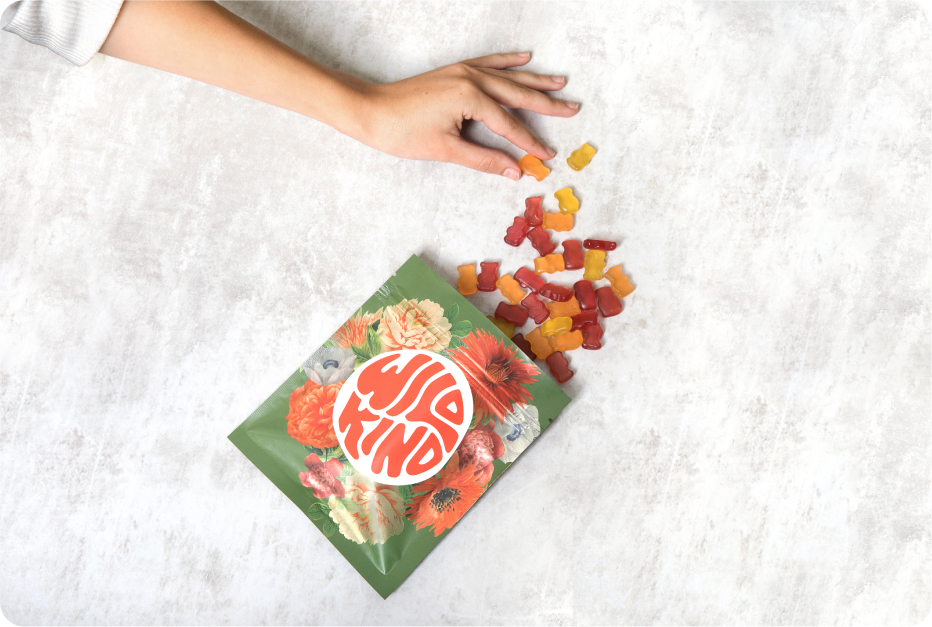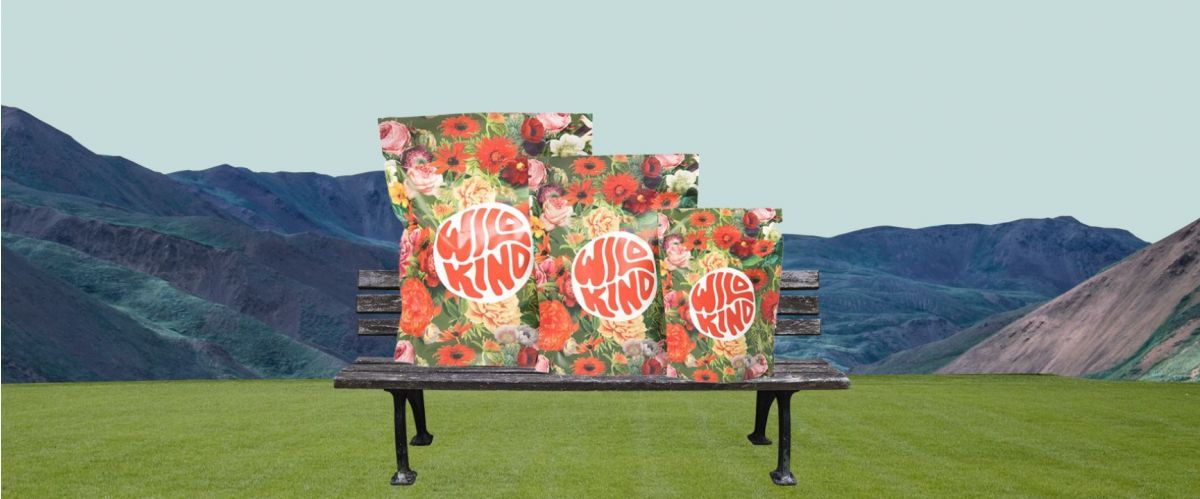Table of Contents
I. Introduction
II. Research consumer needs and preferences
III. Source materials and ingredients sustainably
IV. Consider packaging options that minimize waste
IV. Utilize eco-friendly production methods
V. Communicate the sustainability of your product to consumers
VI. Continuously review and improve your sustainability efforts
VII. Conclusion
I. Introduction
Developing a sustainable CPG (consumer packaged goods) product is crucial for the health of both the environment and your business. In today's socially and environmentally conscious market, consumers are increasingly looking for products that align with their values and prioritize sustainability. By creating a sustainable CPG product, you can not only attract and retain customers, but also reduce your environmental impact and operating costs.
We know sustainability is important, but what exactly is sustainability? Sustainability refers to the ability to meet the needs of the present without compromising the ability of future generations to meet their own needs. It is a holistic concept that encompasses three main pillars: economic, social, and environmental. For a more in-depth look at sustainability, refer to our article that gives a general look at sustainability. (“What is sustainability and what does it mean for your business?”)


II. Research consumer needs and preferences
The first step in developing a sustainable CPG product is to research consumer needs and preferences. Identify your target market and consider their environmental and social values. Research trends in sustainable CPG products, and look for opportunities to meet the needs and values of your target market in a sustainable way.
One important consideration is whether your customers are located in a specific state or region or spread across the country (or world)? This may matter in your quest for sustainability as some places will have better access to source materials and end-of-life infrastructure than others. If your customers are not located in one specific state or region, then there are still several strategies your company can consider implementing, such as “send-back” programs. Refer to our section below on various “End-of-Life Strategies”.
III. Source materials and ingredients sustainably
Once you have a clear understanding of your target market, it's time to source materials and ingredients sustainably. Consider the environmental and social impact of the materials and ingredients you use, and look for suppliers that prioritize sustainability. You may also want to consider alternative, sustainable materials and ingredients, such as plant-based plastics or organic cotton.
Not-to-be overlooked for sourcing is the area you’re sourcing from. The more-local your source, the less carbon footprint will be related to the logistics of obtaining those materials or ingredients. However, this often does not supersede the need for sound farming practices or other sustainable considerations.


IV. Consider packaging materials that minimize waste
Packaging is another important factor to consider when developing a sustainable CPG product. Evaluate different packaging materials and their sustainability, and implement packaging design strategies that reduce waste. Consider reusable, recyclable, or post-consumer-recycled packaging options, such as glass bottles or paperboard boxes. There are also key certifications/labels to look for in this area if you use any paper-related packaging like cardboard or flexible paper, such as the Forest Stewardship Council (FSC).
V. Utilize eco-friendly production methods
In order to fully realize the sustainability potential of your CPG product, it's important to also consider eco-friendly production methods. Evaluate the environmental impact of your production processes, and consider switching to renewable energy sources. Implement waste reduction and efficiency strategies in production, such as using LED lighting or reducing water usage.
VI. Communicate the sustainability of your product to consumers
Once you have developed a sustainable product, it's important to communicate the sustainability of your product to consumers. Use labeling and marketing materials to highlight the sustainability of your product, and consider third-party certification programs to verify your efforts. Use social media and other digital channels to share your sustainability story, and engage with consumers and stakeholders to build support for your product.


VII. Consider your Product’s End-of-Life Strategy
End-of-life strategies for CPG products refer to the actions taken to manage the product at the end of its useful life, with the goal of minimizing environmental impact and maximizing resource recovery. Some common end-of-life strategies for CPG products include:
- Recycling: CPG products, such as aluminum cans, glass bottles, and plastic containers, can be collected and recycled through curbside or drop-off programs.
- Composting: Organic materials, such as food scraps, can be collected and composted to create nutrient-rich soil amendment.
- Reuse: Some CPG products, such as refillable containers, can be used multiple times before they need to be recycled or composted.
- Upcycling: CPG products can also be used to create new products, such as repurposing a plastic bottle into a planter.
- Product take-back: CPG companies can establish take-back programs that allow customers to return used products, such as batteries or electronics, for safe disposal or recycling.
- Product-service system: Instead of selling the product, companies can provide a service, such as product rental, thus reducing the end of life waste.
These strategies can help to reduce the environmental impact of CPG products and also provide an opportunity for resource recovery. It's important to note that the most suitable end-of-life strategy depends on the type of product, the materials it is made of, and the availability of recycling and composting facilities in the area.
VIII. Continuously review and improve your sustainability efforts
Finally, it's important to continuously review and improve your sustainability efforts. Set sustainability goals, and track your progress towards meeting them. Regularly review and improve your sustainability practices, and seek feedback from consumers and stakeholders to identify areas for improvement.
TL, DR
Developing a sustainable CPG product is crucial for the health of both the environment and your business. By creating a product that meets the needs and values of your target market in a sustainable way, you can attract and retain customers, reduce your environmental impact, and improve your bottom line. Encourage other CPG companies to prioritize sustainability in product development, and work towards creating a more sustainable future for all.

Login and Registration Form